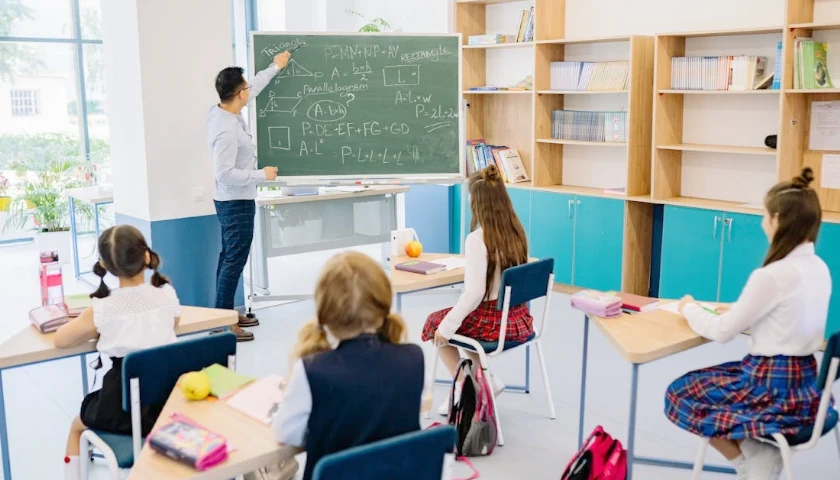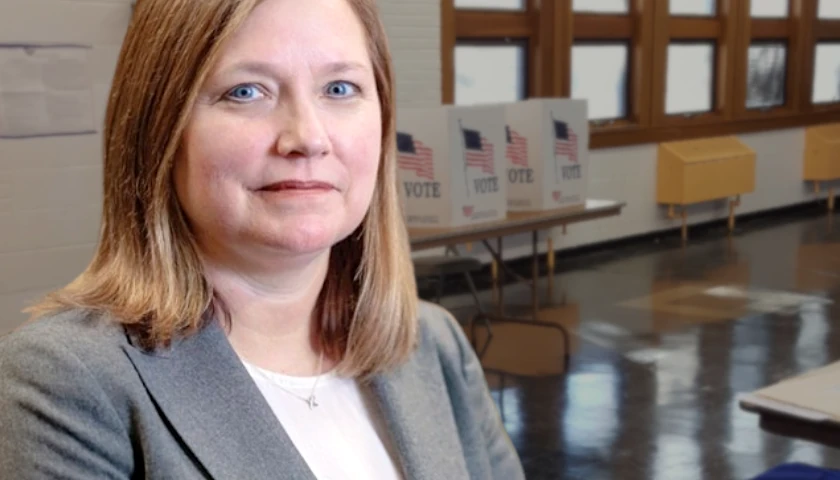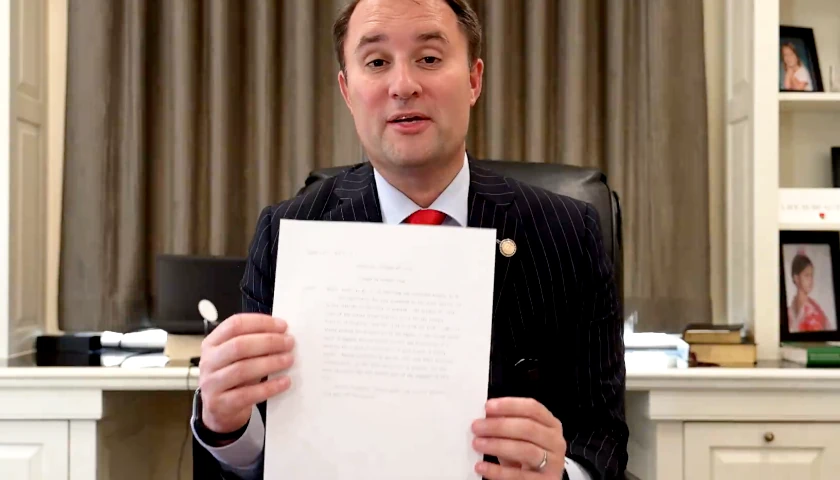by Lauren Jessop
An influx of undocumented migrants into the U.S. strains services in many cities and presents challenges to public school systems, affecting the quality of education and imposing new costs on taxpayers.
In Pennsylvania, specifically, the worsening struggle was just one of several issues of inequity that lawmakers say leaves many students, native and non-native speakers alike, behind.
By law, children are entitled to an education regardless of their immigration status. As of Fiscal Year 2022-2023, the most current data available from the Pennsylvania Department of Education, there were 87,717 English Learners, or ELs, enrolled in the state’s public schools — up 22% from FY 2020-2021.
The growing numbers require additional bilingual teachers and staff capable of communicating with students and their parents, who collectively speak 190 different languages – over 110 in Philadelphia alone. Additionally, some schools struggle with overcrowding.
The state’s new budget, signed into law on July 11, earmarks $811 million in new school spending. More than two-thirds of the money funnels to districts based on a newly reconstituted formula that weighs socioeconomic needs – such as a higher proportion of English language learners.
Doing so, lawmakers say, acknowledges a February court order to redirect school resources more equitably.
For three years, districts in Philadelphia, Reading, Allentown, Hazleton and Lancaster have had the highest number of ELs in the state.
Philadelphia maintained the highest concentration, increasing from 16,530 in FY 2020-2021 to 20,845 in FY 2022-2023 – a 26.1% increase.
Upper Darby, Central Dauphin, Norristown, and Harrisburg each had EL increases of over 30% from FY 2020-2021 to FY 2022-2023. Hazleton, Pittsburgh, Bethlehem, and Chambersburg each saw increases of over 20%.
Unless specified otherwise, this analysis provides estimates based on FY 2023-2024 data for overall enrollment and FY 2022-2023 data for ELs, which are the most current available. Considering the rising influx of migrants since 2023, the number of ELs is likely to be higher to some extent.
Philadelphia
Total enrollment: 117,985
English Learners: 20,845, or 17.6% of the total.
According to Philadelphia’s Quarterly School Manager Report for FY 2024, the budget for English Language Learners Instruction increased from $53.3 million in FY 2022 to a projected $67.6 million in FY 2024 – up 26.8%.
Of the 111 different languages spoken, Spanish is predominant with 10,550 – followed by Portuguese and Chinese (Mandarin) with 2,782 and 1,253 respectively.
Reading
Total enrollment: 16.680
English Learners: 4993 – an increase of 9.3% over two years.
The district’s website states that, like many other urban areas, it faces significant challenges that affect the daily lives of its students. Educational attainment levels among city residents fall below state and national averages.
Additionally, it says a considerable portion of Reading’s population comprises immigrant families. According to the latest American Community Survey, or ACS, conducted by the U.S. Census Bureau in 2020, 45.8% of its residents are not U.S. citizens and 27% of students are enrolled in the ESL program.
Allentown
Total current enrollment: 16,700
English Learners: 3,078 – or 18.4% of the total.
Earlier this year, the district’s school board approved a Dual Language Immersion Academy that provides instruction in English and Spanish for PreK-1, with plans to expand to Grade 5 in the future.
Rep. Peter Schweyer, D-Allentown, chair of the State House Education Committee, did not respond to our request for comment.
He’s been one of the loudest voices on the House floor, however, championing the revised formula.
During a June 10 session, Schweyer illustrated the stark contrast between neighboring districts he represents: Allentown and East Penn, separated by a single street.
He said students at East Penn School District take engineering and architecture classes and have access to an emotional support dog. Allentown School District, where his daughter attends, lacks guidance counselors and adequate bussing.
During the pandemic, Allentown teachers showed up to school to hand out free lunches and photocopies of outdated textbooks to keep more than 3,000 students without internet access on track.
“We have kids that will walk to school 5 miles to a high school,” Schweyer said. “That doesn’t exist in our neighboring districts.”
Hazleton
Total enrollment: 12,609
English Learners: 2.817 – or 22% of the total.
Sen. David Argall, R-Pottsville, represents Hazleton and chairs the State Senate Education Committee. He told The Center Square he has heard from teachers, school administrators, and community members regarding the challenges faced by EL students. He has also invited the Basic Education Funding Commission to visit and examine these issues in greater detail.
“It takes a lot of extra money to educate these students,” Argall said. “For Hazleton Area School District, it’s an additional strain on top of their rapidly growing student population. They need more bilingual teachers. In this bipartisan budget, they are now set to receive significantly more funding than they ever have before.”
Lancaster
Total enrollment: 10,015
English Learners currently: 1,800 – or 18% of the total.
According to the district’s website, students speak 38 different native languages.
The recently passed state budget includes a substantial increase in Basic Education Funding, however, schools are heavily reliant on local taxpayer funding.
Elizabeth Stelle, director of policy analysis for the Commonwealth Foundation, told The Center Square this is an ongoing discussion.
She said that compared to other states, Pennsylvania spends more, and the foundation advocates for “the money to follow the child” through a stronger school choice program. She noted that many of the alternatives, such as public charter schools designed for bilingual students, spend less money overall.
“So, you get more bang for your buck,” she said.
A recent report by the foundation says per-pupil public school funding in Pennsylvania reached a new high of $22,000 in 2023.
Based on this, the cost of educating ELs in the commonwealth is at least $1.9 billion.
Stelle noted that districts experiencing significant increases in these demographics create funding challenges; despite receiving more state support, their outcomes worsen.
“So, there’s a big mismatch in terms of funding and outcomes and performance,” she said.
The latest data available from the National Center for Education Statistics shows there were 5.3 million ELs enrolled in U.S. public schools in 2021.
– – –
Lauren Jessop is a contributor to The Center Square.









